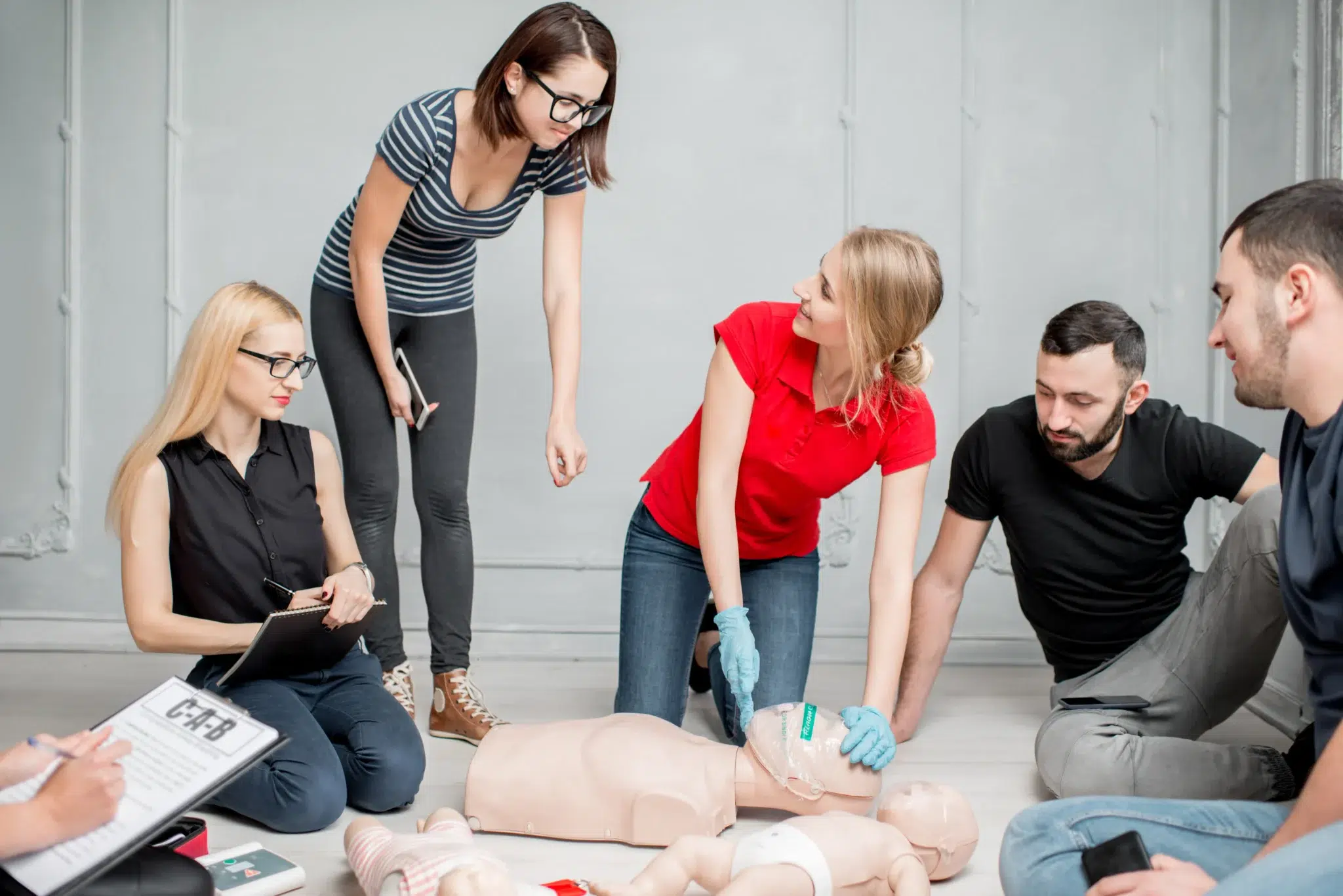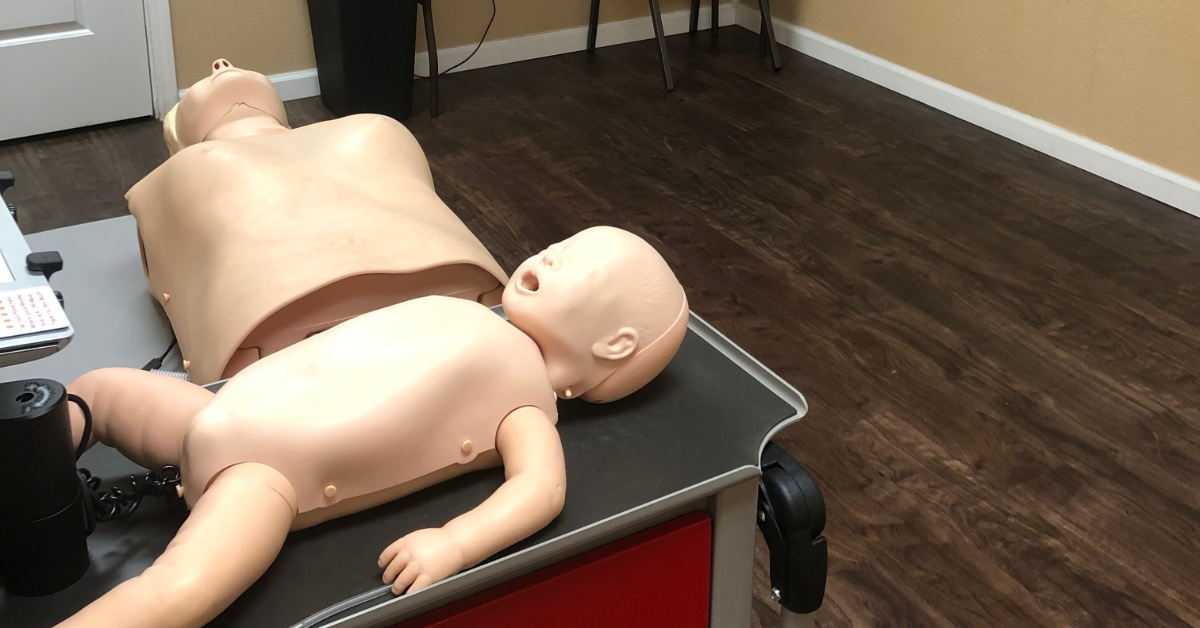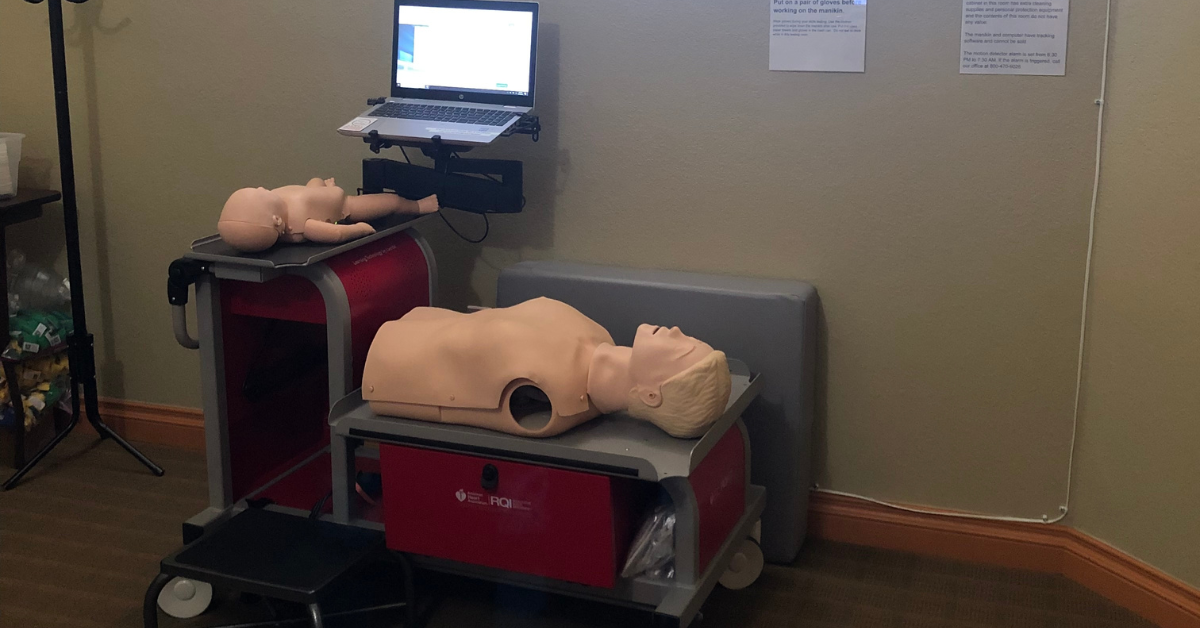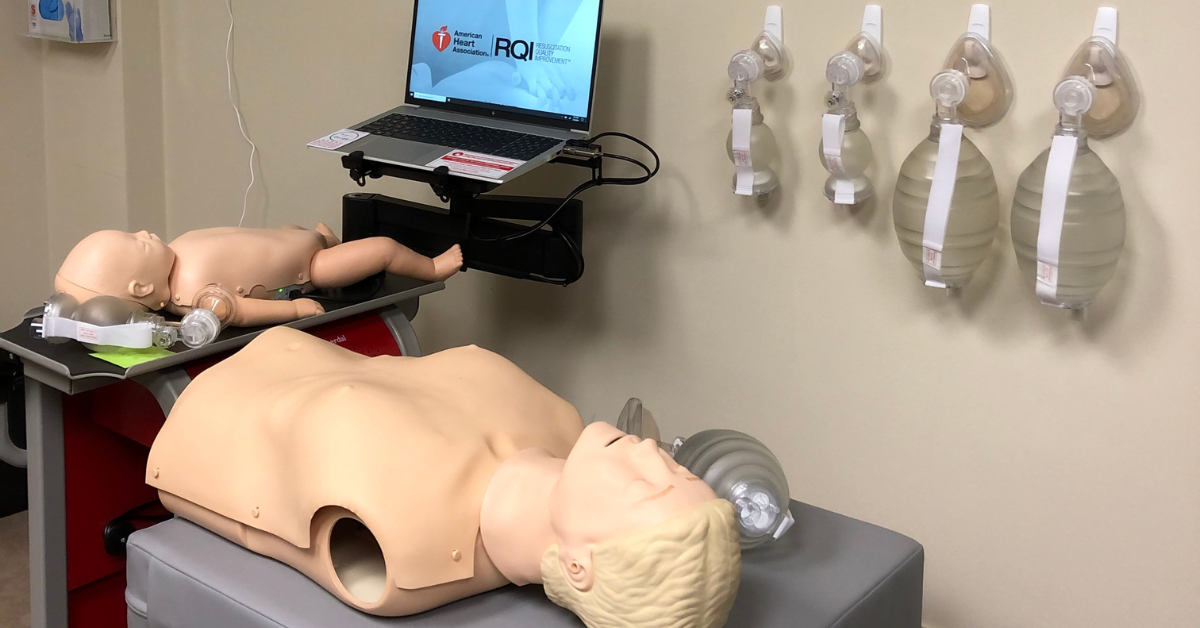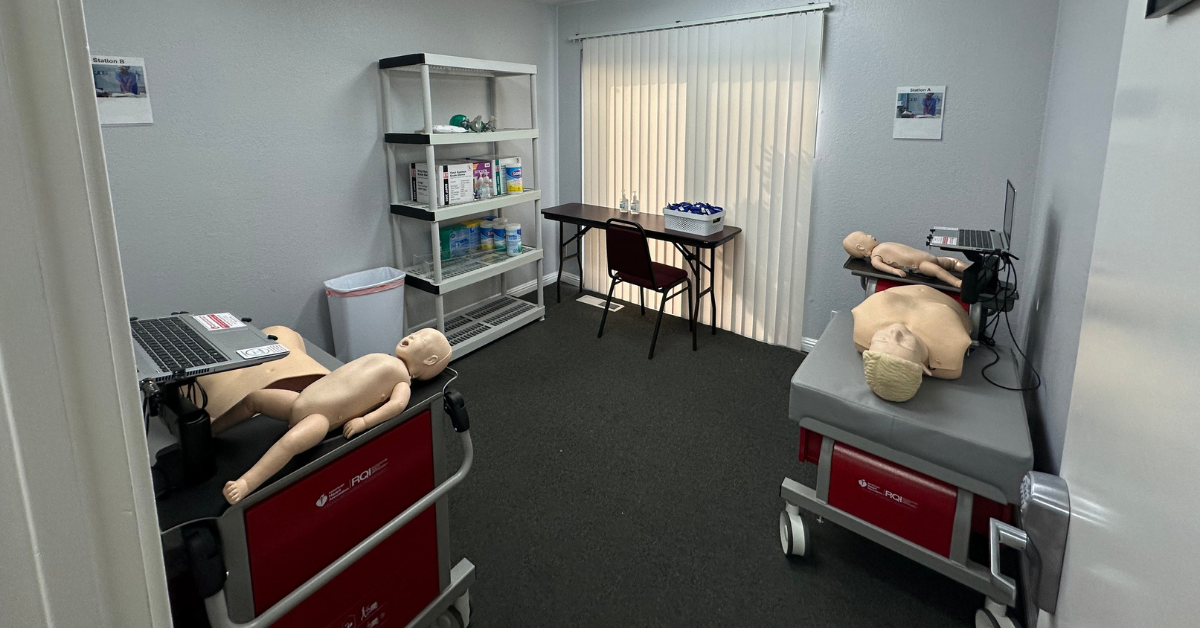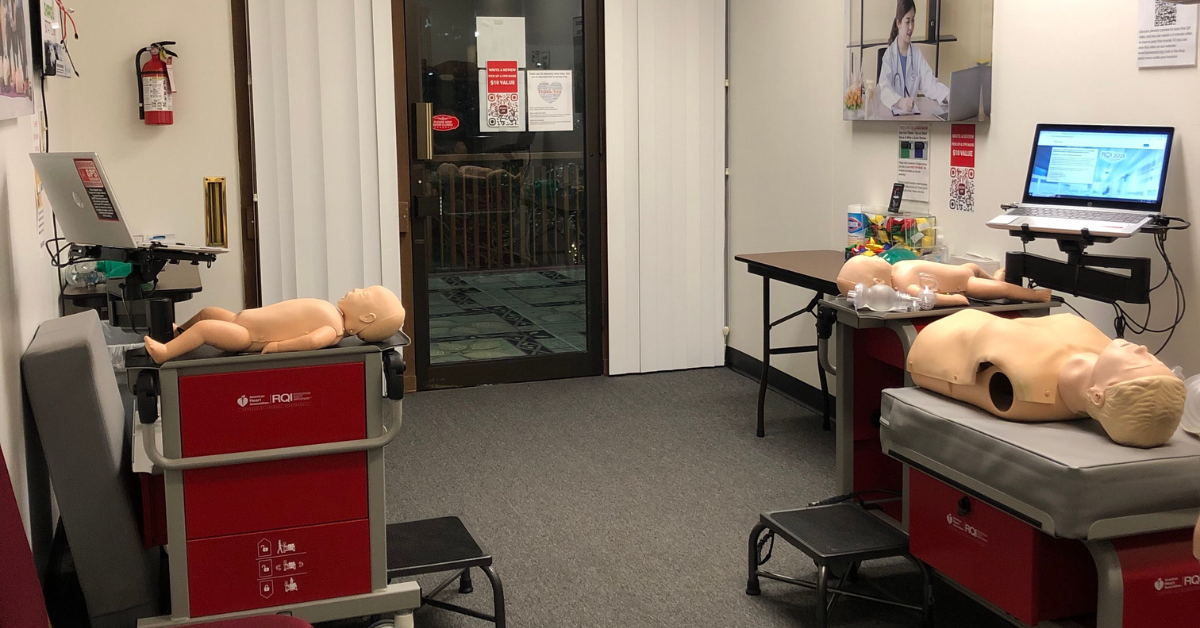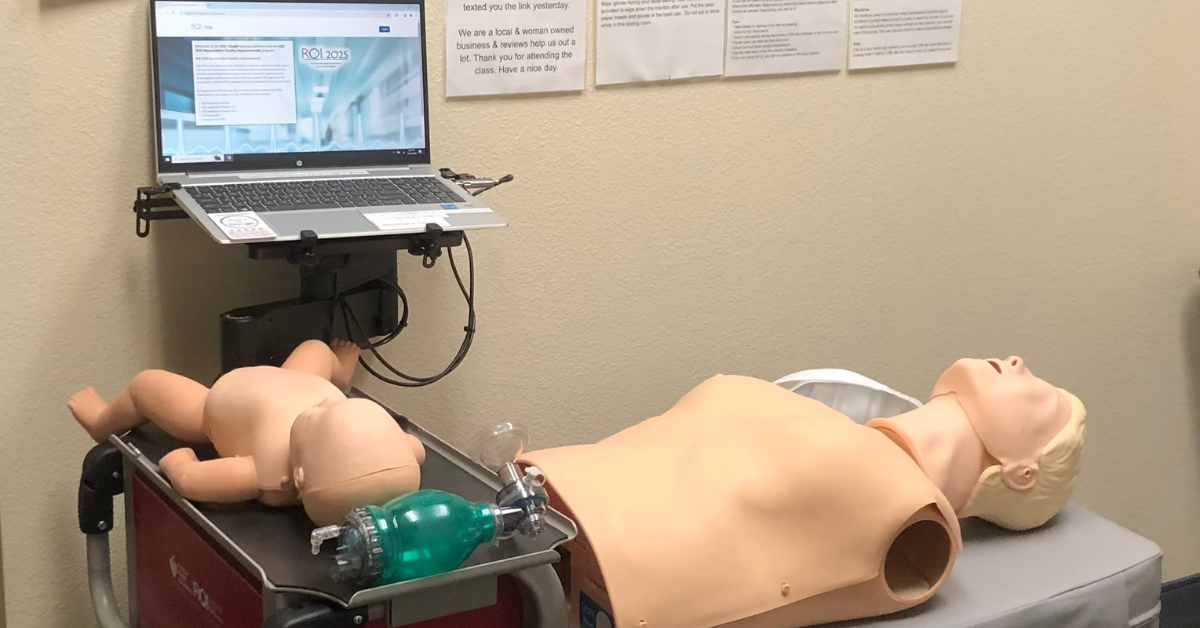If you’re considering a career in healthcare or are currently employed in a role that requires emergency response preparedness, chances are you’ve come across the term “BLS course.” BLS, or Basic Life Support, is a fundamental certification that equips you with the skills necessary to recognize life-threatening emergencies, provide CPR, use an AED, and relieve choking in a safe, timely, and effective manner.
Whether you’re a first-timer or renewing your certification, understanding what to expect and how to prepare can help ensure you get the most out of your course.
What Is a BLS Course?
A BLS course is designed to train individuals in basic yet critical life-saving techniques. Unlike standard CPR courses intended for laypersons, BLS is geared toward healthcare professionals and those working in environments where medical emergencies are more likely to occur, such as hospitals, dental offices, and EMS agencies.
The American Heart Association (AHA) developed the curriculum, which includes cognitive knowledge and hands-on practice to prepare participants for real-life scenarios.
Who Needs BLS Certification?
BLS certification is often a mandatory requirement for:
- Registered nurses (RNs)
- Emergency Medical Technicians (EMTs)
- Paramedics
- Doctors and physicians
- Dentists and dental assistants
- Medical and nursing students
- Lifeguards
- Firefighters
- Police officers
- Caregivers in certain settings
Even if you’re not required to have it, BLS certification can be a valuable asset, especially for anyone who might be responsible for others’ well-being in a professional capacity.
What Will You Learn?
Before you sign up, it helps to know the core components of what you’ll be learning in a BLS course:
- CPR for Adults, Children, and Infants
You’ll practice chest compressions and rescue breathing for victims of all ages, with a focus on the differences in technique required for children and infants.
- Use of an Automated External Defibrillator (AED)
You’ll learn how to properly operate an AED, a crucial device that can restart a heart that has stopped beating.
- Team Dynamics and Communication
Most real-life resuscitation efforts involve more than one responder. You’ll gain experience working as part of a coordinated team and understand the importance of effective communication during emergencies.
- Relief of Foreign-Body Airway Obstruction (Choking)
You’ll practice the Heimlich maneuver and other techniques for clearing blocked airways.
- High-Quality CPR and the Chain of Survival
You’ll become familiar with the latest AHA guidelines on compression rate, depth, and the importance of minimizing interruptions during CPR.
What to Expect During the Course
Course Format
Most BLS courses follow a blended learning model, which includes:
- Online Pre-Course Work: Some providers allow you to complete the theory portion online at your convenience before attending the hands-on skills session.
- In-Person Skills Check: The practical portion involves instructor-led sessions where you demonstrate your understanding through guided practice and assessments.
Course Duration
Typically, a BLS course lasts around 3 to 4 hours for renewal students and up to 6 hours for first-time participants. Some training centers offer accelerated options, especially for experienced healthcare professionals.
Testing & Certification
At the end of the course, you’ll be required to pass:
- A written exam consisting of multiple-choice questions
- A hands-on skills test demonstrating proficiency in all BLS protocols
Upon passing, you’ll receive an official American Heart Association BLS Provider Card, valid for two years.
How to Prepare for Your BLS Course
- Understand the Prerequisites
Most BLS courses do not have formal prerequisites, but if you are in a clinical field, you should be comfortable with basic anatomy and have a working understanding of medical terminology.
- Complete Any Pre-Course Assignments
If your training provider offers an online learning component, be sure to complete it before attending the in-person portion. This foundational knowledge will be critical for your hands-on skills training.
- Dress Comfortably
Expect to spend time kneeling on the floor practicing CPR, so wear comfortable clothing and closed-toe shoes. Some participants also bring a yoga mat or knee pads.
- Bring Necessary Materials
Check with your provider, but it’s a good idea to bring:
- A government-issued photo ID
- Course confirmation or ticket
- AHA BLS Provider Manual (if required)
- Get a Good Night’s Sleep
You’ll need to be mentally alert and physically active during the course, so come well-rested and ready to engage.
Common Myths About BLS Courses
“I Already Know CPR, So I Don’t Need BLS.”
While CPR is a component of BLS, the course goes much deeper and is specifically designed for healthcare settings. It covers team dynamics, rapid defibrillation, and in-depth algorithms not addressed in standard CPR classes.
“I Can Just Take Any Online BLS Course.”
Not all online BLS courses are created equal. Only AHA-accredited courses meet the standard required by most employers and licensing boards. Make sure your course is recognized by the American Heart Association.
“It’s Just a Formality—I Don’t Need to Pay Attention.”
BLS skills can mean the difference between life and death. Taking the course seriously ensures you’ll be prepared to act confidently and correctly when seconds count.
Choosing the Right Training Provider
Accreditation
Always verify that the training center is authorized to teach American Heart Association courses. AHA-accredited courses ensure you’re learning the latest, evidence-based practices.
Scheduling Flexibility
Look for a provider that offers classes every day of the week, including weekends. This makes it easier to fit the course into your busy schedule.
Accessibility
Choose a provider with multiple locations or easily accessible training centers, especially if you live in a large metro area like the Bay Area or Sacramento.
Price Guarantee
Training should be affordable, especially if you’re paying out of pocket. Look for companies that offer a low-price guarantee without compromising the quality of instruction.
Why Renewing Your BLS Certification Matters
BLS certification is valid for two years. As medical guidelines evolve, so do resuscitation protocols. Renewing your certification ensures you stay current on:
- Updated AHA recommendations
- Changes to CPR compression ratios
- New protocols for AED use or airway management
Employers typically require an unexpired BLS card for job continuity, credentialing, or hospital privileges. Letting your certification lapse could disrupt your employment eligibility.
Your Confidence Could Save a Life
A BLS course is more than a checkmark on a résumé. It’s a vital tool in your emergency response toolkit. Whether you’re a seasoned nurse or a new EMT student, taking the time to earn—or renew—your BLS certification shows your commitment to patient care, professionalism, and safety.
By preparing ahead of time and choosing a reputable, convenient, and affordable training provider, you’ll ensure a smooth, valuable learning experience that equips you to respond effectively when lives are on the line.
Take the Next Step with Safety Training Seminars
If you’re ready to earn or renew your BLS certification, there’s no better choice than Safety Training Seminars. As a proud woman-owned business serving Northern California, we’re committed to making life-saving education accessible to everyone.
Here’s why professionals across the region choose us:
- Over 65 Convenient Locations across Northern California
- Classes Every Day of the Week, including Saturdays and Sundays
- Budget-Friendly Pricing backed by our Low Price Guarantee
- Accredited by the American Heart Association
- Courses in BLS, CPR, ACLS, and PALS
With flexible schedules and widespread availability, it’s easy to find a class that fits into your life, no matter how hectic it is.
Don’t wait. Your skills could save a life.
Register for your BLS course today and take the first step toward certification with California’s most trusted BLS Certification provider.


